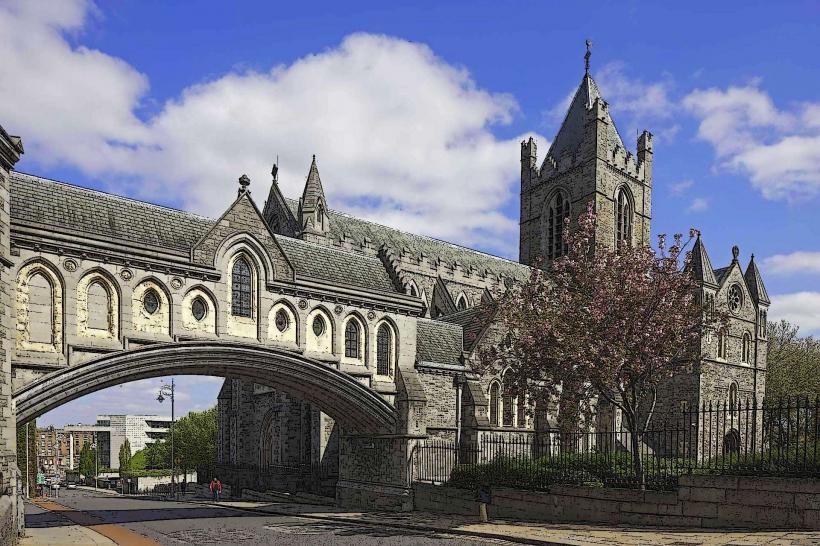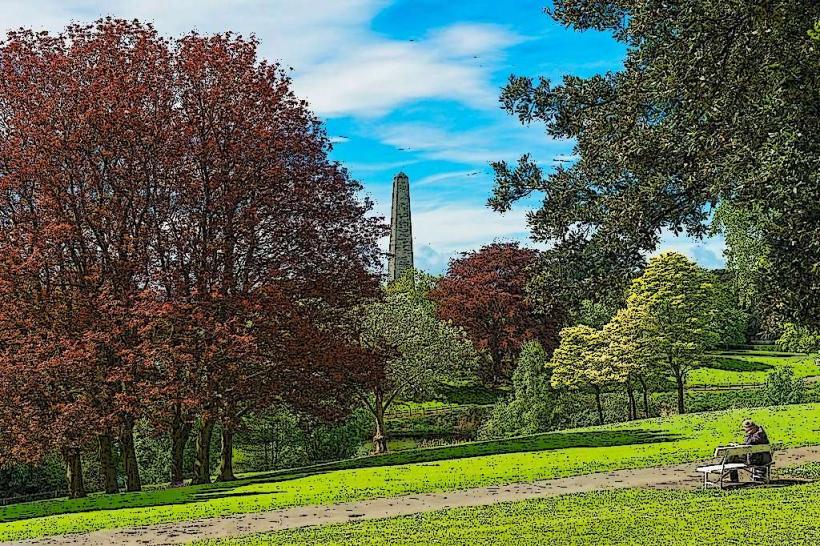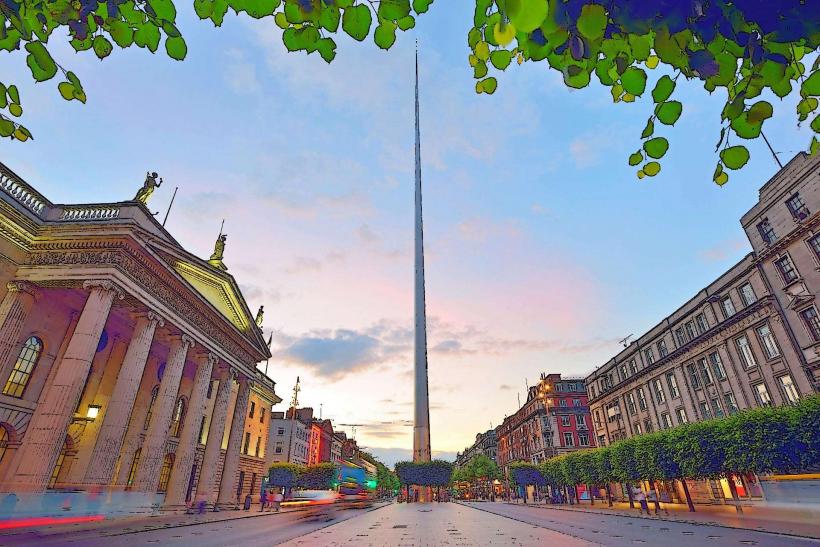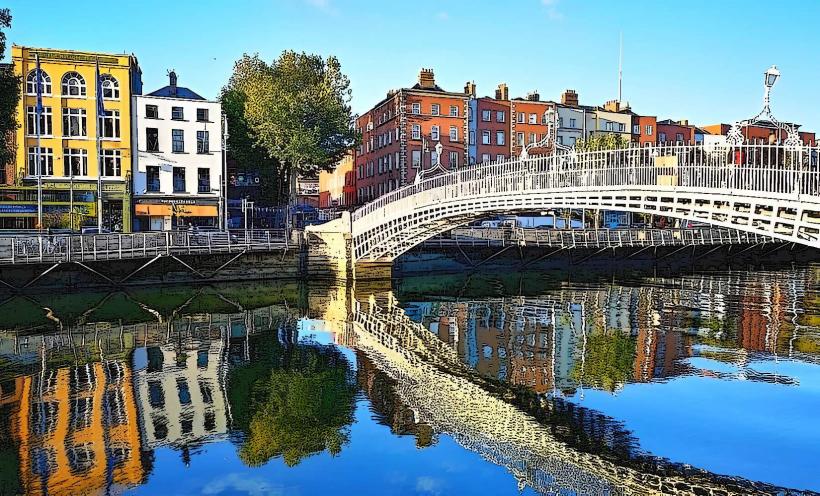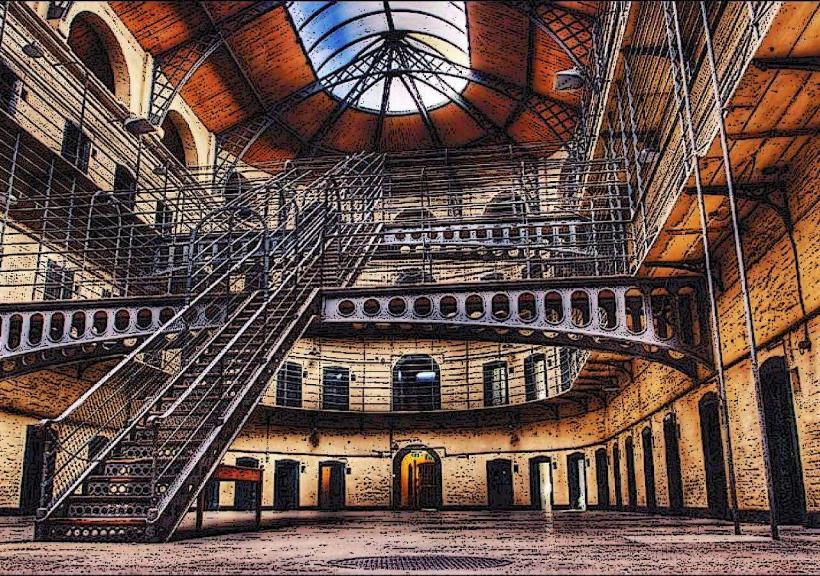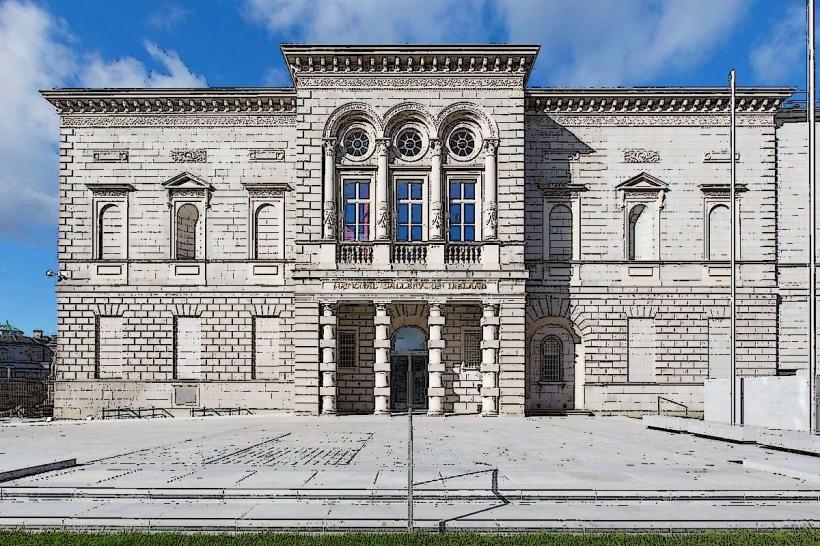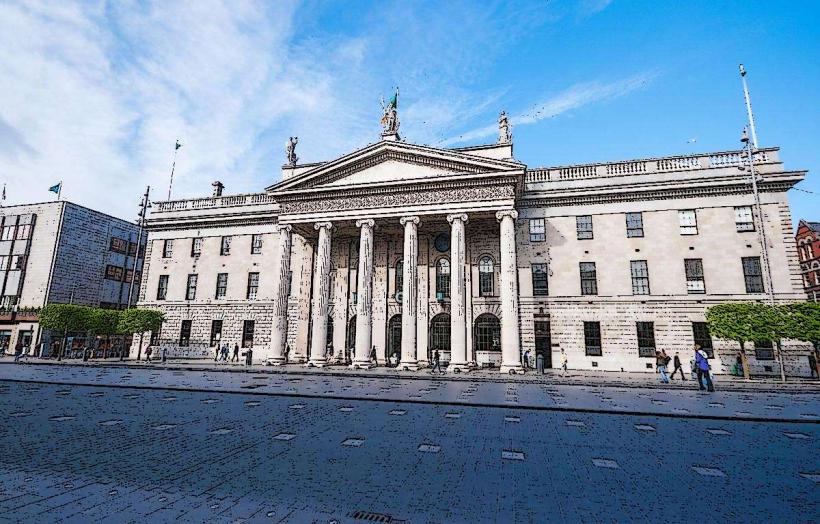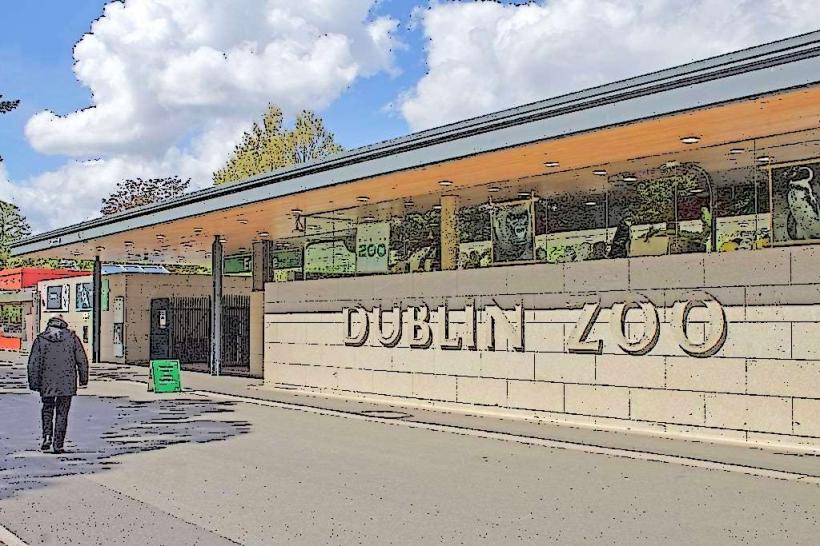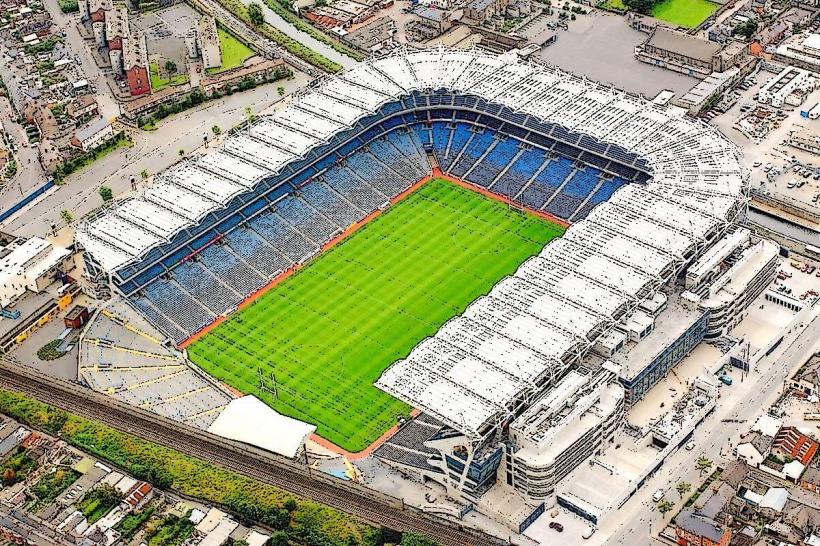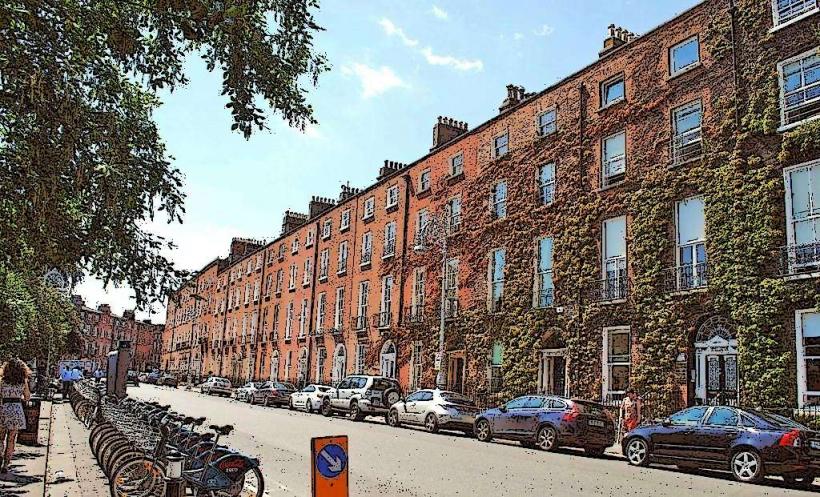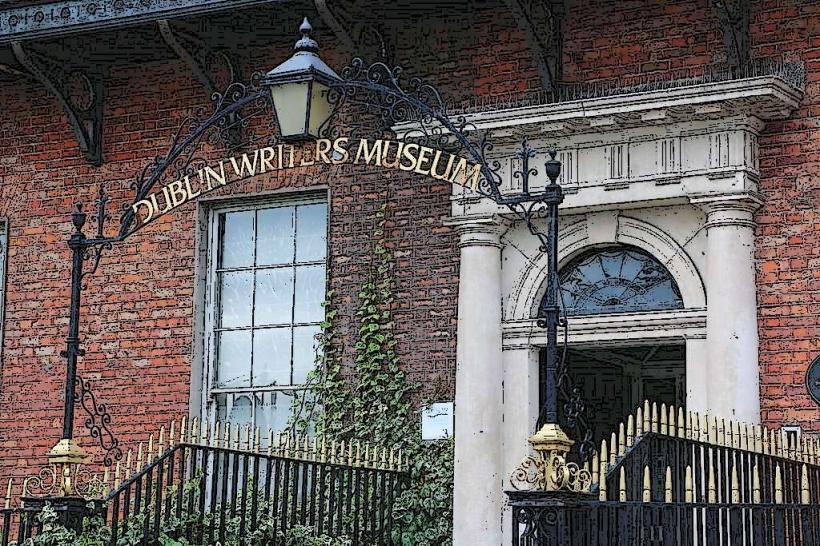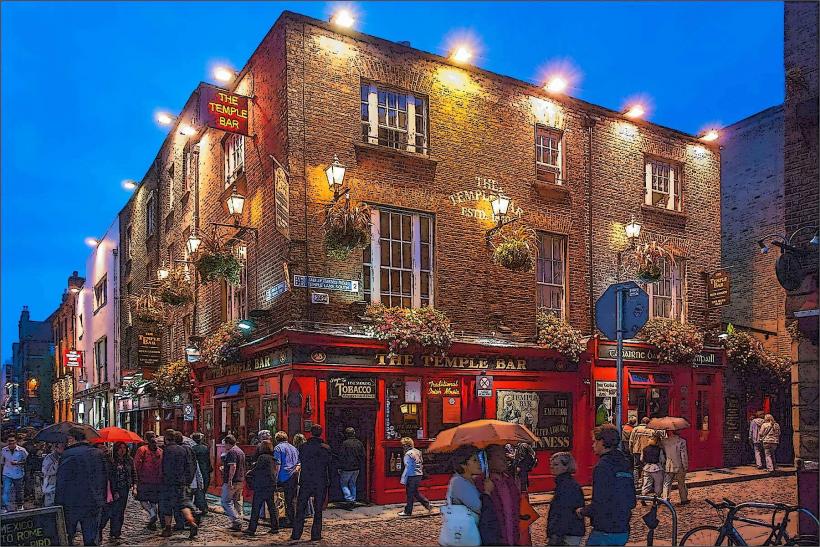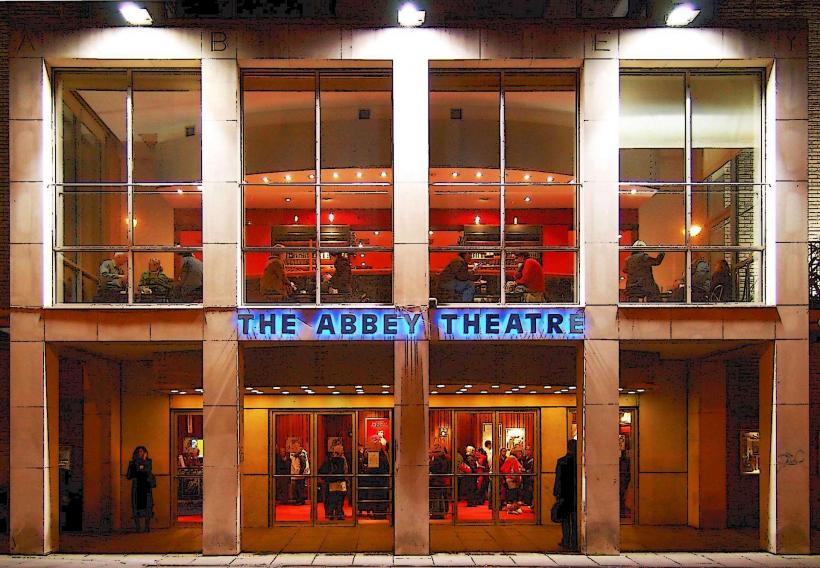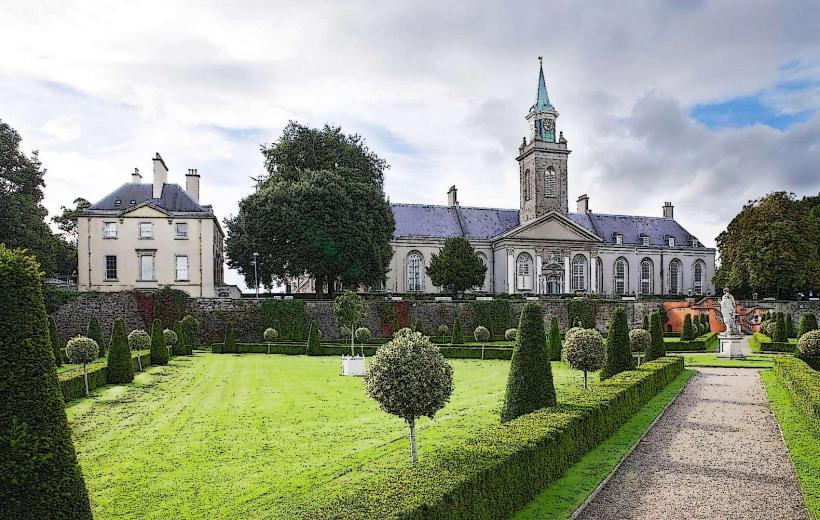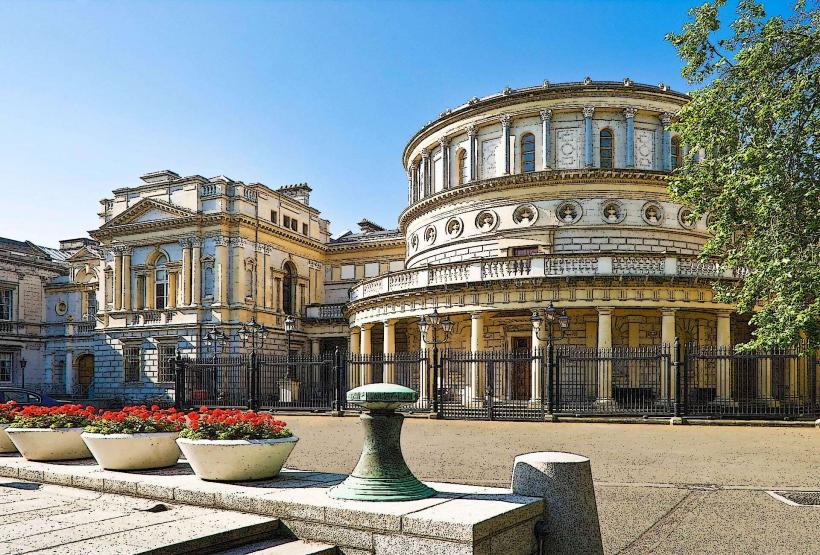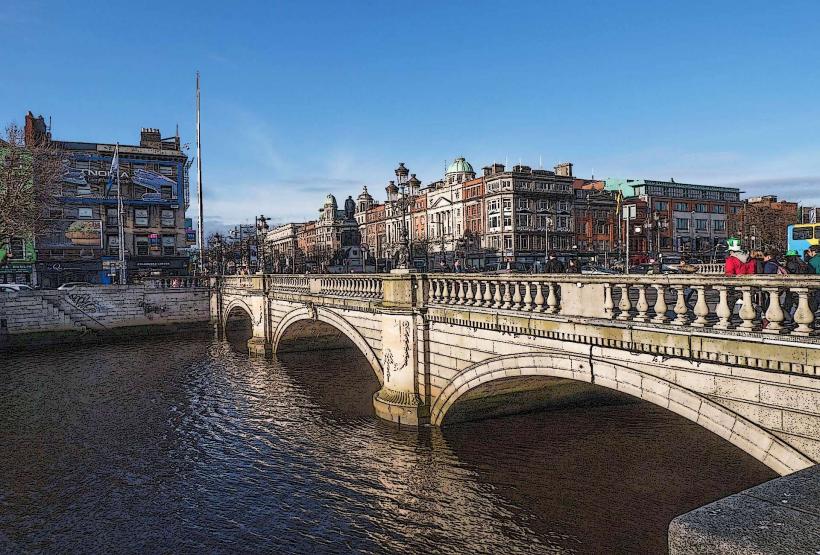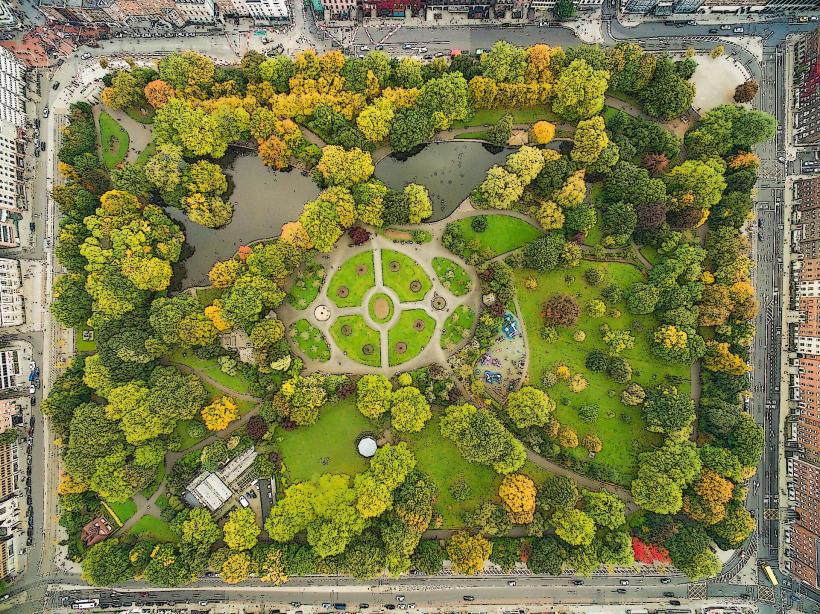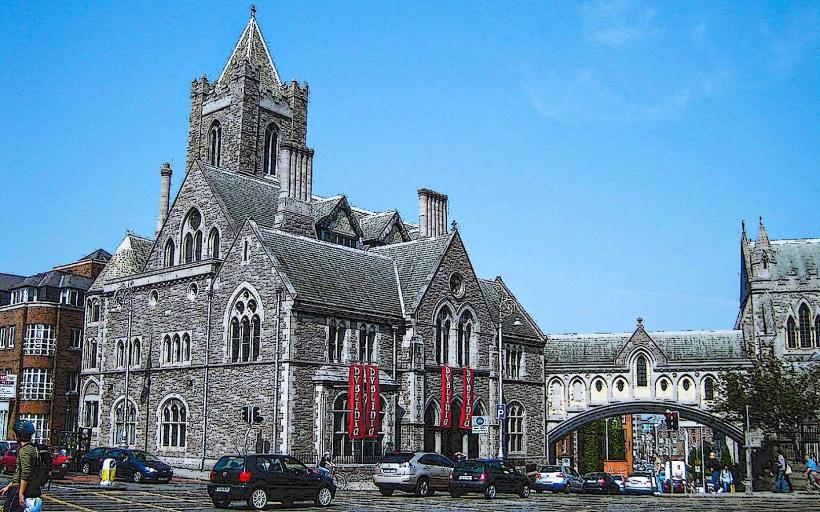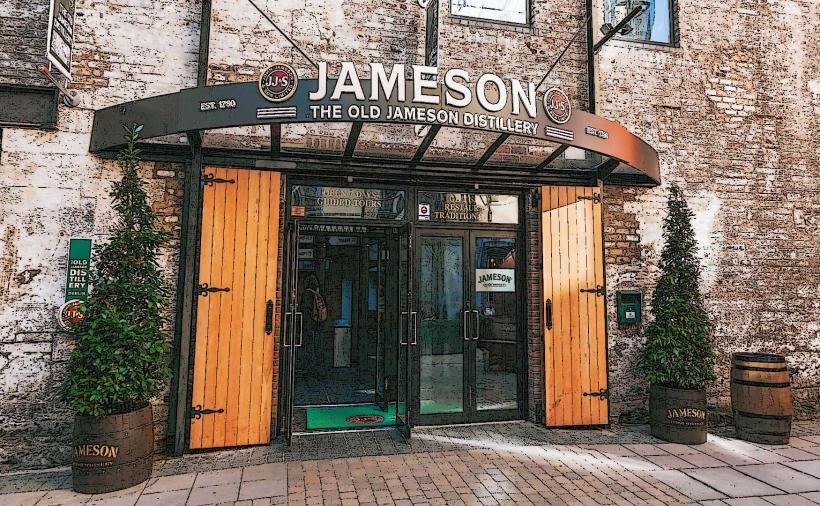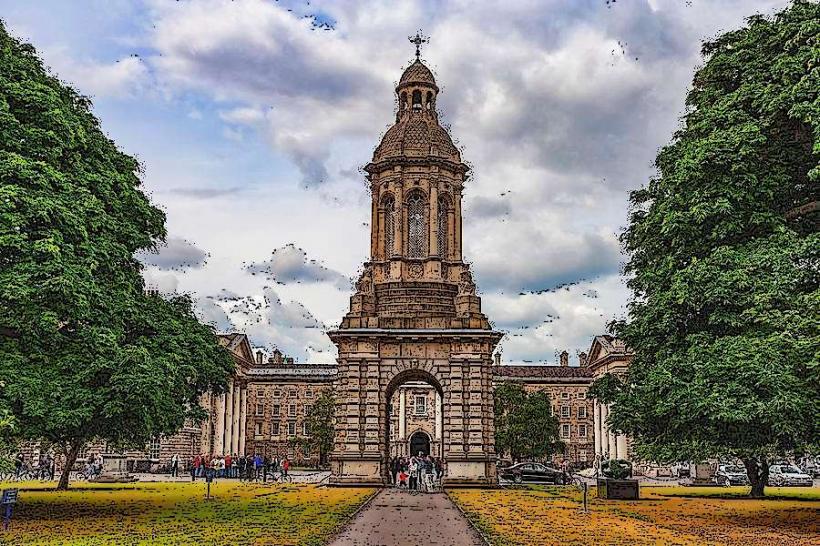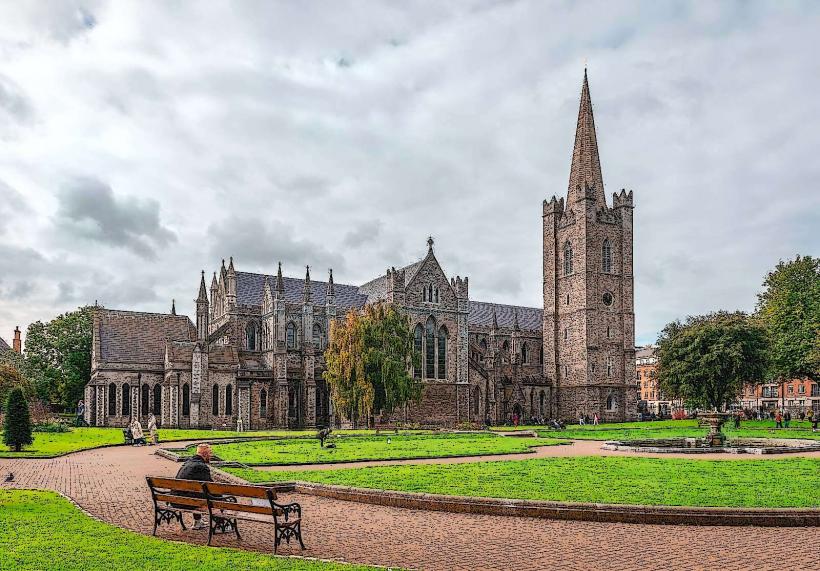Information
Landmark: Custom HouseCity: Dublin
Country: Ireland
Continent: Europe
The Custom House in Dublin is an iconic neoclassical building located on the north bank of the River Liffey. It has a rich history and is an important landmark in the city, not just for its architectural beauty but also for its historical significance in the development of Ireland’s administration and governance.
History and Background
Construction: The Custom House was designed by the architect James Gandon in the late 18th century and was completed in 1791. It was built to house the offices of the Customs Department, which was responsible for regulating trade, collecting taxes, and overseeing Ireland's ports. The building was intended to reflect the importance of Dublin as the commercial and political center of Ireland under British rule.
Significance: The Custom House was a symbol of the British government’s power in Ireland. At the time, Ireland was under British rule, and Dublin was the seat of government for the Kingdom of Ireland. The building’s creation was part of a broader effort to centralize and strengthen the British administration in Ireland, especially regarding trade and taxation.
The Fire of 1921: One of the most significant events in the history of the Custom House occurred during the Irish War of Independence. On May 25, 1921, the building was set on fire by the Irish Republican Army (IRA) as part of an attack on British institutions. The fire caused severe damage, and much of the interior was destroyed. The building was later restored, but the fire remains a pivotal moment in the history of the building and Dublin itself.
Architectural Features
Neoclassical Design: The Custom House is a remarkable example of neoclassical architecture, designed in the style of ancient Greek and Roman buildings, which were characterized by symmetry, order, and grandiosity. It features a large, imposing façade with a central dome, classical columns, and a series of statues representing various historical figures and virtues.
The Dome and Clock Tower: The most striking feature of the Custom House is its dome, which rises above the main building and provides a commanding presence over the River Liffey. The dome is flanked by a clock tower, which was an important feature for a government building at the time, allowing people to know the time and reinforcing the building’s role as an administrative center.
Portico and Sculptural Details: The front of the building is adorned with a colonnaded portico with twelve Ionic columns. Above the portico, there are sculptural reliefs that represent various historical and mythological figures. The main central figure is the personification of Hibernia (Ireland), flanked by figures of Commerce, Justice, and Industry, reflecting the building’s role in trade, governance, and law.
Granite Facade: The building is made of Portland stone and granite, materials chosen to give it a grand and enduring appearance. The stone is complemented by large windows that help illuminate the interior, designed to be both functional and aesthetically impressive.
Function and Use
Originally, the Custom House was intended to be the administrative headquarters for customs officers, overseeing the collection of duties on imported goods and monitoring trade through Dublin’s port. It was a center for economic regulation and played a significant role in Ireland’s relationship with the British Empire.
Post-Independence: After Ireland gained independence in 1922, the building’s role changed. The Irish government took over the Custom House and repurposed it for other administrative functions. Today, it is primarily used for government offices and houses the Department of Housing, Planning, and Local Government.
Restoration and Preservation
After the fire in 1921, the building underwent extensive restoration work, which was completed in 1925. The restoration included the rebuilding of the central interior and the restoration of the building’s external features.
In recent years, the Custom House has been recognized for its historical and architectural importance. It is listed as a protected structure under Ireland’s planning laws, ensuring that the building’s historic fabric is preserved for future generations.
Modern Role
The Custom House stands as a symbol of Dublin's architectural heritage and its complex political history. It is a popular tourist destination, offering visitors a chance to explore the history of Ireland's administration under British rule, the building’s role in the War of Independence, and its enduring architectural beauty.
The building is also an important cultural site, occasionally hosting public events and exhibitions that reflect on Ireland's history and development. Its central location by the River Liffey makes it an iconic part of the city's skyline and a favorite backdrop for photographs.
Visiting the Custom House
Location: The Custom House is located on Custom House Quay, on the northern banks of the River Liffey. It is easily accessible and offers a spectacular view of the river and the surrounding cityscape.
Public Access: While the building primarily houses government offices, there are guided tours available to the public, particularly through the Office of Public Works (OPW). These tours offer insights into the history, architecture, and significance of the building.
The building is also part of Dublin’s Georgian heritage trail, drawing attention to the many examples of Georgian architecture throughout the city.
Cultural and Symbolic Significance
The Custom House is one of the most important historical buildings in Dublin. It serves as a reminder of Ireland’s complex colonial past and its journey towards independence. The 1921 IRA attack symbolizes the larger struggle for Irish self-determination, marking the Custom House as a symbol of resistance against British rule.
Today, the Custom House is not only a significant historical building but also a symbol of Dublin's evolving identity as a capital of a modern and independent Ireland.
In conclusion, the Custom House is a remarkable piece of Dublin’s architectural and political history, offering visitors an opportunity to explore both the grandeur of neoclassical design and the story of Ireland’s political and economic history.

